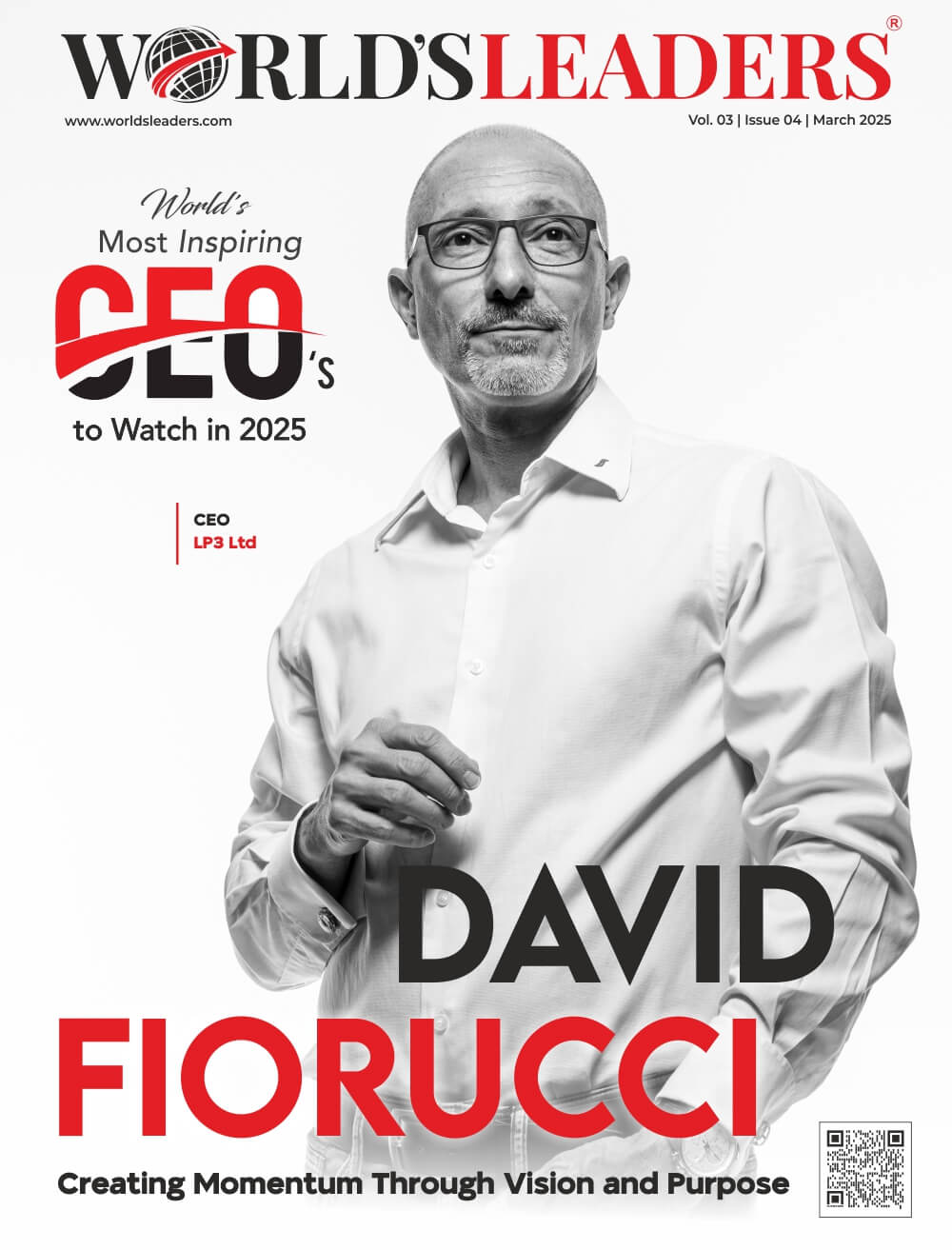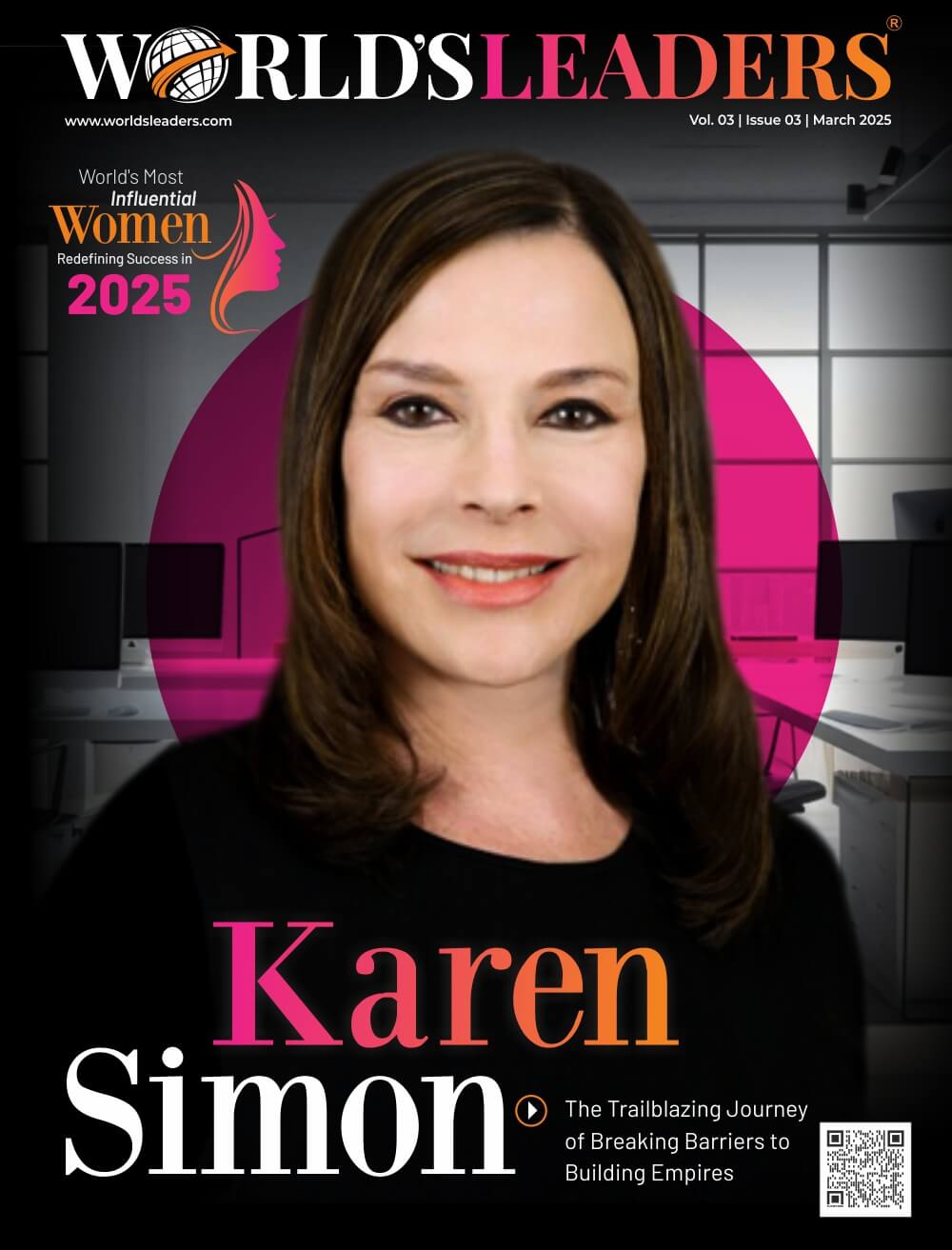Professor Graham Shapiro is an award-winning British inventor, designer, and digital entrepreneur. He is a distinguished Fellow of the Chartered Institute of Marketing, the Royal Society of Arts, and the Chartered Society of Designers. He holds the position of Visiting Professor at the University of Westminster, serves as Ambassador of Innovation for the University of Cambridge, and is the Entrepreneur in Residence at the University of Chester. Additionally, he is a Freeman of The City of London.
As a professor of innovation and entrepreneurship, Professor Shapiro is a dedicated and passionate educator who strives to inspire students to think outside the box, embrace creativity, and push the boundaries of traditional thinking. He fosters an environment of curiosity, critical thinking, and collaboration, encouraging his students to become who they aspire to be. This ethos extends to his design team, as he has been the CEO of his design agency for nearly 30 years.
Outside the workplace, Professor Shapiro is a creative entrepreneur who constantly seeks new opportunities to innovate and disrupt the status quo. He thrives on challenges and enjoys taking risks to bring new ideas to life. As the founder of a mental health and well-being charity, he is deeply committed to making a positive impact on the lives of others. He is empathetic and dedicated to promoting mental health awareness and providing support to those in need.
Professor Shapiro has a desire to make a difference in the world. Both in his professional and personal life, he strives to add value through innovation, creativity, entrepreneurship, and compassion.
Below are highlights of the interview conducted between Worlds Leaders and Professor Graham Shapiro:
Describe your background and what did you do before you joined the company?
My journey into entrepreneurship was not a deliberate choice but rather a natural progression fuelled by my passion for design and my willingness to take calculated risks. Growing up in a non-affluent background and experiencing the hardship of being evicted from my home as a child instilled in me a strong drive to never face such financial insecurity again and to be prudent with money. Despite not setting out to become a business owner, my innate talents in connecting with people of all ages, my vivid imagination, and artistic abilities in drawing paved the way for a successful career in design. I discovered early on that my strengths lay in creative expression and I wholeheartedly embraced this passion, leading me down a fulfilling creative career path. I firmly believe in the power of imagination, as articulated by Albert Einstein, who said ‘Logic will get you from A to Z. Imagination will get you everywhere.’ I have allowed my imagination to guide me in every aspect of my professional journey. This imaginative approach has enabled me to explore new opportunities, take on challenges, and envision innovative solutions that have propelled my business forward. Establishing my own company close to three decades ago was a pivotal moment that allowed me to channel my creativity into the realm of creative communication. Over the years, I have had the privilege of collaborating with renowned global companies, both online and offline, and have earned a reputation for delivering high-quality work that exceeds expectations. While the fear of failure has always been a driving force behind my endeavours, it has also served as a motivating factor pushing me to strive for excellence and continuous improvement. This unwavering commitment to success, coupled with my love for design and creative expression, has been the cornerstone of my entrepreneurial journey and has enabled me to achieve sustainable growth and success in the competitive business landscape.
Tell us about the inception of the company. How did it all start?
The journey of our company began with a resolute work ethic and unwavering belief in the power of possibilities. In 1995, a significant milestone was achieved when we won the $250,000 pitch to handle all European product brochures for Samsung. This triumph not only marked an early success but also laid the foundation for our future endeavours. It provided a crucial springboard from which we could envision and strategize for a prosperous trajectory. The trust placed in us by Samsung fuelled our determination and commitment to delivering exceptional results. This initial breakthrough instilled confidence in our capabilities and set the tone for the innovative and client-focused approach that defines our company today. The journey from that pivotal moment has been marked by continuous growth, learning, and a steadfast dedication to excellence.
What has made you successful? What do you value?
I believe my success can be attributed to a combination of passion, hard work, loving what I do and a dedication to making a positive impact. Having the best teams of designers to support me, great clients, seizing opportunities that have worked successfully and having a positive mindset with a ‘nothing is impossible’ mentality. I value people. I value trust, honesty, respect, integrity, creativity, continuous learning and giving back to the community. Over 30 years I have prioritized ethical business practices, fostering a collaborative work environment, and empowering others to succeed. My passion for creativity and innovation drives me to constantly seek new opportunities for growth and development. Additionally, I understand the importance of using my success to make a difference in the lives of those less fortunate, which is why I setup The Graham Shapiro Foundation.
What are the most important aspects of a company’s culture? What principles do you believe in and how do you build this culture?
Graham Shapiro Design’s culture is defined by creativity, collaboration, and inclusivity. We believe in fostering a supportive environment where diverse perspectives are valued and creativity is encouraged to flourish. Our principles revolve around open communication, mutual respect, and a commitment to excellence and supporting employees mental health and well-being. We build this culture by promoting a growth mindset, providing ongoing learning opportunities, and celebrating individual and team achievements. Regular team-building activities, mentorship programs, and a focus on work-life balance also contribute to creating a positive and inclusive culture at Graham Shapiro Design.
Give us your opinion on; do organizations rely heavily on individual heroics or team processes?
Graham Shapiro Design strive to strike a balance between individual heroics and team processes. While individual contributions can drive innovation and problem-solving, relying solely on heroics can create a culture of burnout and hinder long-term success. On the other hand, emphasizing teamwork and processes can foster collaboration, efficiency, and shared accountability. Ultimately, a combination of both is ideal: individuals can shine when needed, but teamwork and processes provide a solid foundation for sustained growth and success. What advice would you give someone going into a leadership position for the first time? As a leader, I believe it is crucial to communicate effectively with your team. Abraham Lincoln once said, “I am a firm believer in the people. If given the truth, they can be depended upon to meet any national crisis.” Transparency and honesty build trust within the team and foster a positive work environment. Empathy is another key trait of successful leaders. Maya Angelou wisely said, “I’ve learned that people will forget what you said, people will forget what you did, but people will never forget how you made them feel.” Showing empathy towards your team members creates a sense of belonging and motivates them to perform at their best. Lastly, never stop learning and growing as a leader. As John F. Kennedy stated, “Leadership and learning are indispensable to each other.” Seek feedback, attend training programs, and stay open to new ideas to continuously improve your leadership skills. As a leader I have always aimed to communicate effectively, show empathy, and embrace lifelong learning.





